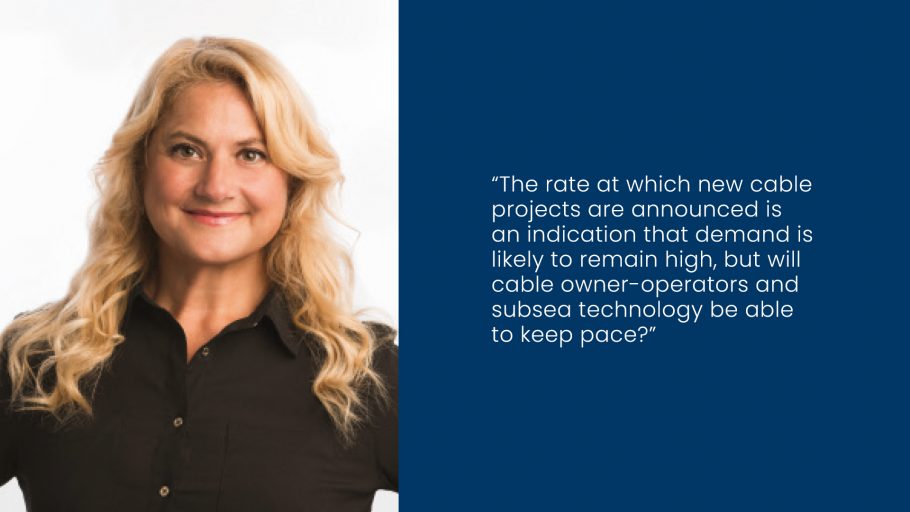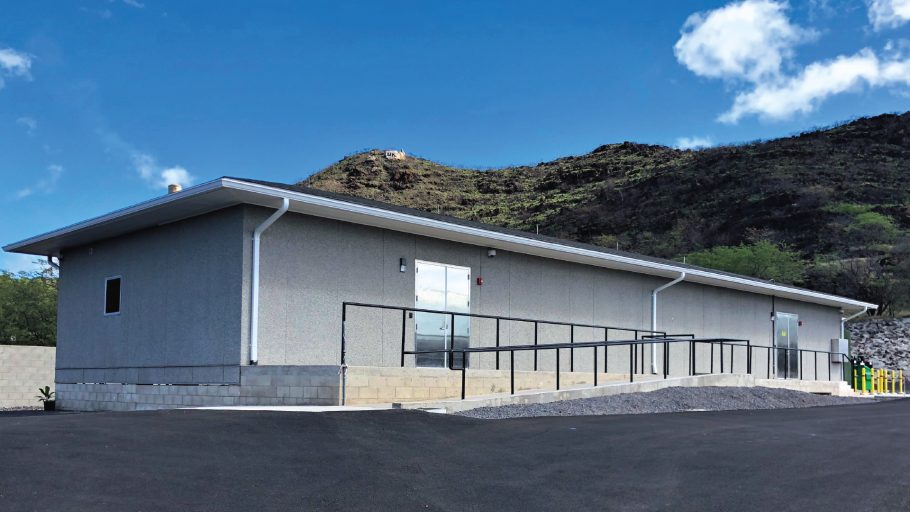One-hundred and sixty years after a copper-based telegraph line first linked the United States to the United Kingdom across the Atlantic Ocean, the subsea cable industry is still connecting cities, countries and continents. Undersea networks remain critical to global voice and data communications, transmitting more than 99 percent of the world’s telecom traffic. These submarine arteries and their terrestrial connections to high-speed fiber-optic networks allow real-time access to applications, social media, streaming video, websites and other bandwidth-intensive services.
As the most efficient, reliable and secure method of transmitting information, subsea cables are indispensable to consumers, telecom service providers, global data centers, cloud-based networks, content providers, global media and multinational enterprises. According to TeleGeography, there are approximately 428 subsea cables in service today around the world. Approximately $7 billion was estimated to be invested in intercontinental subsea infrastructure in 2017 and 2018 alone.
Undersea cables are now strategic assets in the growth of hyperscale Internet companies, with Google, Facebook, Microsoft and Amazon having become owners or anchor investors in new infrastructure. Thus far, these tech behemoths have focused their investments in building new cables on transatlantic, transpacific, U.S.-Latin American, and intra-Asian routes. However, other new routes are also becoming attractive, in particular, systems linking Europe to Africa, India to Europe, and India to Singapore.
For carriers, cloud and content providers, every millisecond lost through poor latency or downtime can be quantified in terms of lost revenue. In order to guarantee uptime, many organizations have one primary path and two protection paths over three distinct cable systems offering redundancy. Even so, although the subsea cable industry has experienced a surge in new builds over the past two years, much of the existing infrastructure that was put into service between 2000 and 2001 is nearing end-of-life and will soon face retirement. Hence, as bandwidth demands continue to spike upward — the Cisco Visual Networking Index predicts that annual global IP traffic will reach 3.3 ZB per year by 2021, a three-fold increase from two years ago — more new cables and expansions of existing networks will become necessary, and not just linking major global hubs but emerging and underserved markets as well.

The rate at which new cable projects are announced is an indication that demand is likely to remain high, but will cable owner-operators and subsea technology be able to keep pace? The answer is a resounding affirmative. However, even as improvements in coherent optics close in on the Shannon limit, a design-build and construction methodology that can accelerate cable project timelines while enhancing the physical security of network endpoints will become essential. The nature and current definition of “turnkey” projects, the hierarchy of players, and the collective industry experience has yet to yield improvements and may even be hindering productivity and cost efficiencies.

